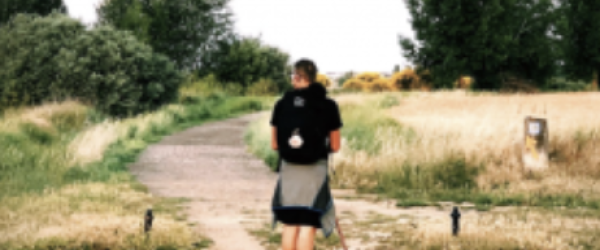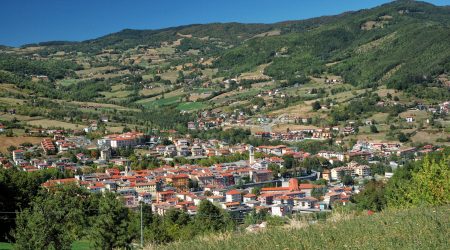VIA DEGLI ABATI
The Via degli Abati crosses part of the provincial territory of Pavia and the Tuscan-Emilian Apennines in the provinces of Piacenza, Parma, Massa Carrara, crossing the municipalities of Pavia, Broni, Castana, Canevino, Pometo, Caminata, Romagnese, Bobbio, Coli, Farini, Bardi, Borgotaro, Pontremoli.
The track about 190 km long , much more challenging than the more famous Via Francigena, winds through paths, mule tracks, cart roads through valleys and ridges for a total difference in height of over 6000 meters. It is marked CAI (horizontal bands with white and red), is georeferenced and is cartographically well illustrated on four cartoguide scale 1/25,000 (Italian-English).
More https://www.viadegliabati.com/
FRANCIGENA STREET
The route of the Via Francigena rises around the seventh century, when the strategic need for connection requires the choice of an itinerary considered minor until then, which crossed the Apennines at the current Passo della Cisa, descended towards the Valle del Magra and crossed Lucca to arrive in Siena and from here continue towards Lazio and Rome. The route of the road initially assumes the ancient toponym of Monte Bardone (which derives from the Latin root “mons longobardorum”), right near Fornovo di Taro, which in ancient times identified the Cisa pass.
When the dominion of the Lombards gave way to the Franks, the Via di Monte Bardone changed its name assuming that of “Via Francigena”, to indicate the important route that was born in France to cross the Italian peninsula in a north-south direction retracing the ancient Roman road.
At the end of the first millennium, with the growth of the practice of pilgrimage to the places considered “Saints” by Christianity, such as Jerusalem, Santiago de Compostela and Rome, the Via Francigena assumes increasing importance, both as a junction of the main paths of faith, and as a decisive axis of connection for communications between Europe and Italy in the Middle Ages.
The rediscovery of the ancient routes of the Francigena and their enhancement in a tourist and cultural key started a few years ago, also involves the Municipality of Fornovo di Taro, as a strategic point in the Emilian itinerary of the Francigena, right towards the Cisa Pass. The site of the Parco Museo de Petrolio is located along the route of the ancient road, and can become a significant point of interest within the route.
To have all the mapping of the Way and the information to undertake this travel experience, the website of the European Association of the Via Francigena Ways is recommended: www.viefrancigene.org
VIA DEI REMI
There are many tangible testimonies on the territory of more or less intense flows of people in continuous transit between Val Ceno and Val Taro in Parma and the nearby valleys of Arda, Nure and Trebbia from Piacenza and the Ligurian valleys Vara and Stora.
The Via dei Remi winds in this context.
Starting from Borgo Val di Taro it points directly to Levanto, going up the Val Tarodine (minor valley of the Val Taro) and crossing near the Scassella Pass in Val Vara. Immersed in the charm of the Val Taro, this historic route leaves the woods and forests of this portion of the Tuscan-Emilian Apennines National Park in the footsteps of the woodcutters who supplied the Ligurian ports with the pivotal instruments of navigation, at the time strictly of wooden material: master poles, axes, oars. We can define this route as a symbol spokesman of all the possible paths used with the same main direction, parallel to the famous Via Francigena and its bundle of variants. The territory is also widely occupied by the many passages used by the faithful in transit from Bobbio (in Val Trebbia, in the Piacenza area) to its various possessions in Val Ceno and Taro. Thanks above all to San Colombano, Bobbio became a monastic fief and expanded its dominion in different regions of the North-West, including Val Ceno and Taro. The Via dei Remi meets the Via degli Abati near San Vincenzo, a road that follows in the footsteps of San Colombano and his followers traveling to Pontremoli and the places of the Holy Face.











